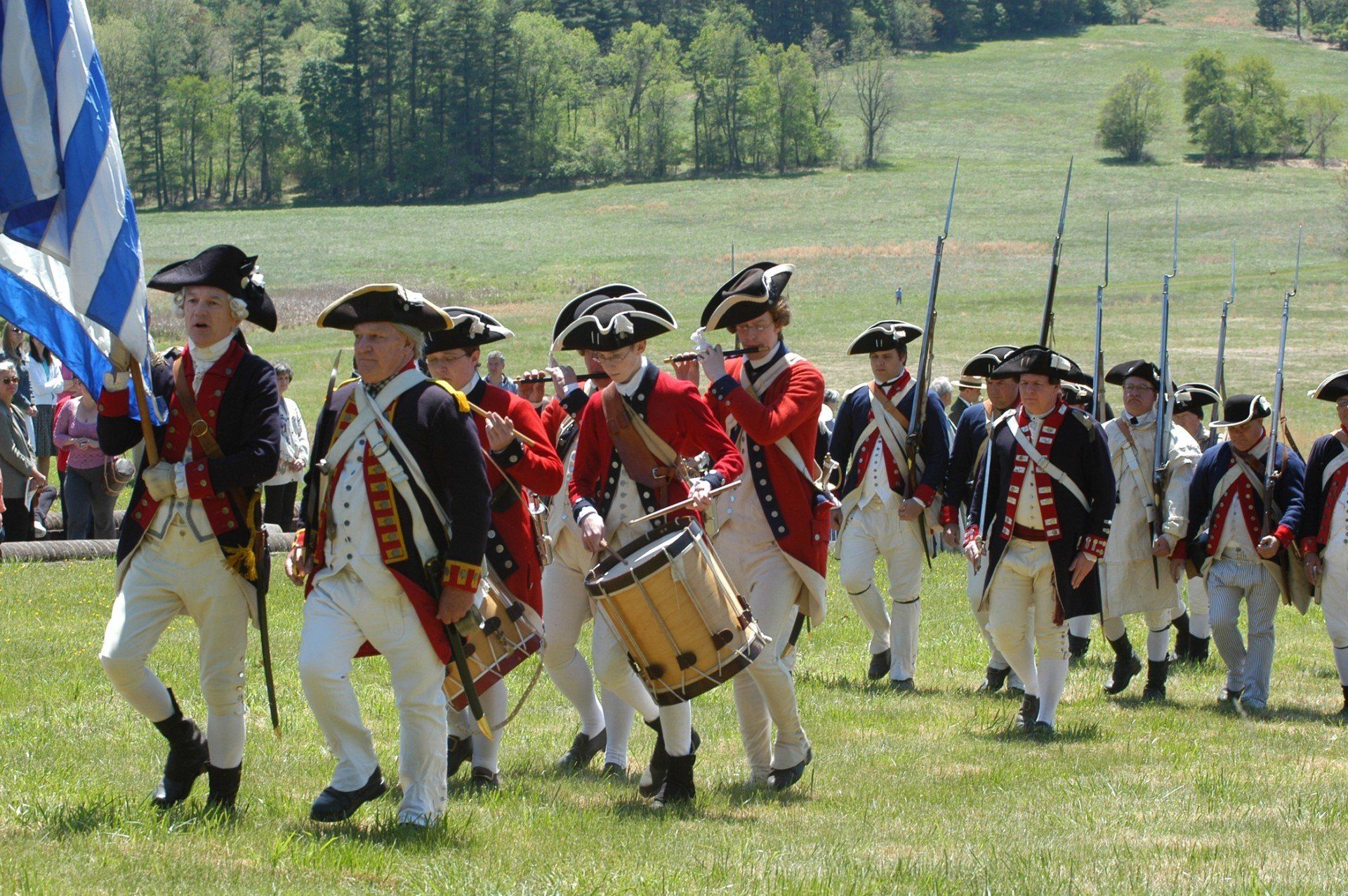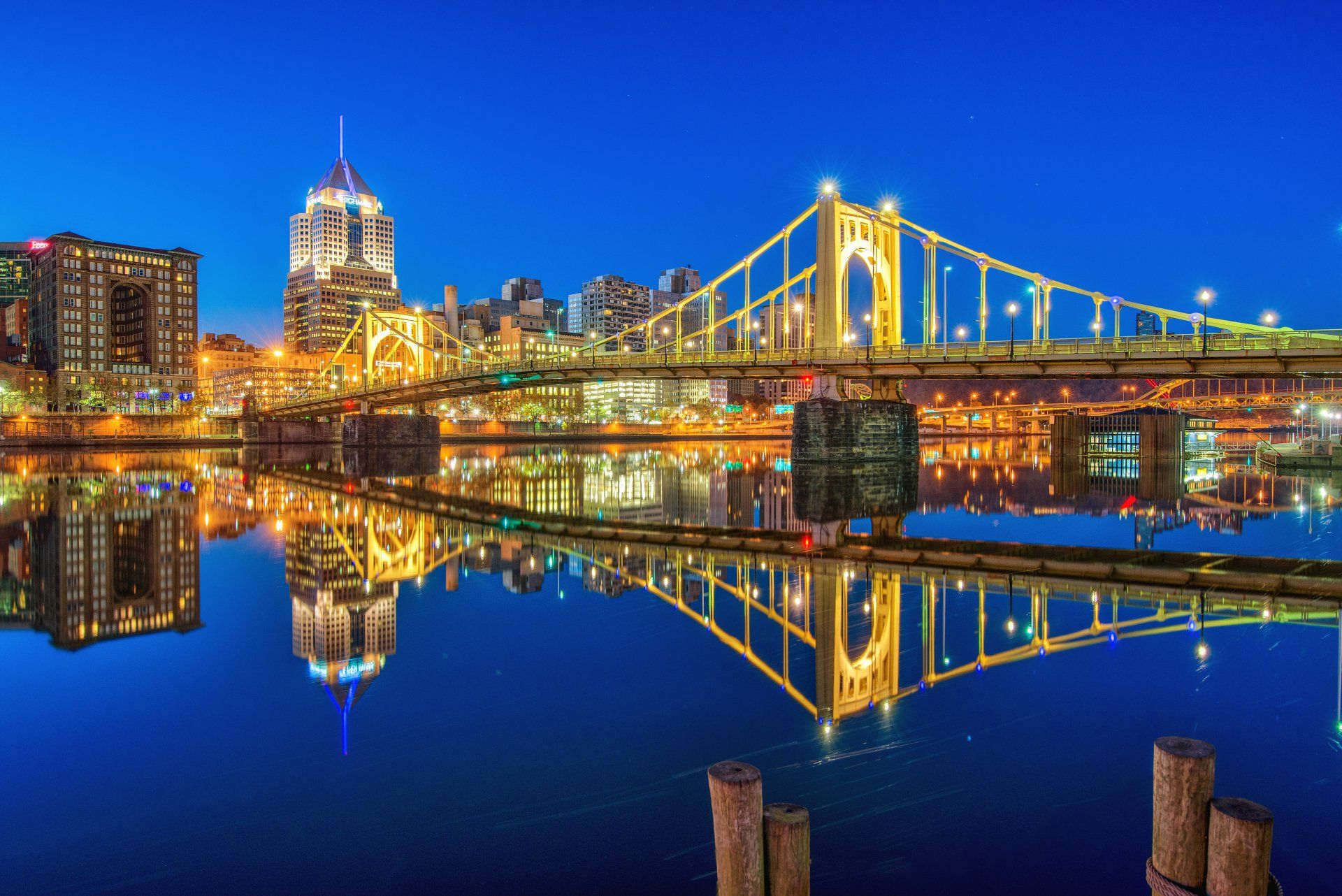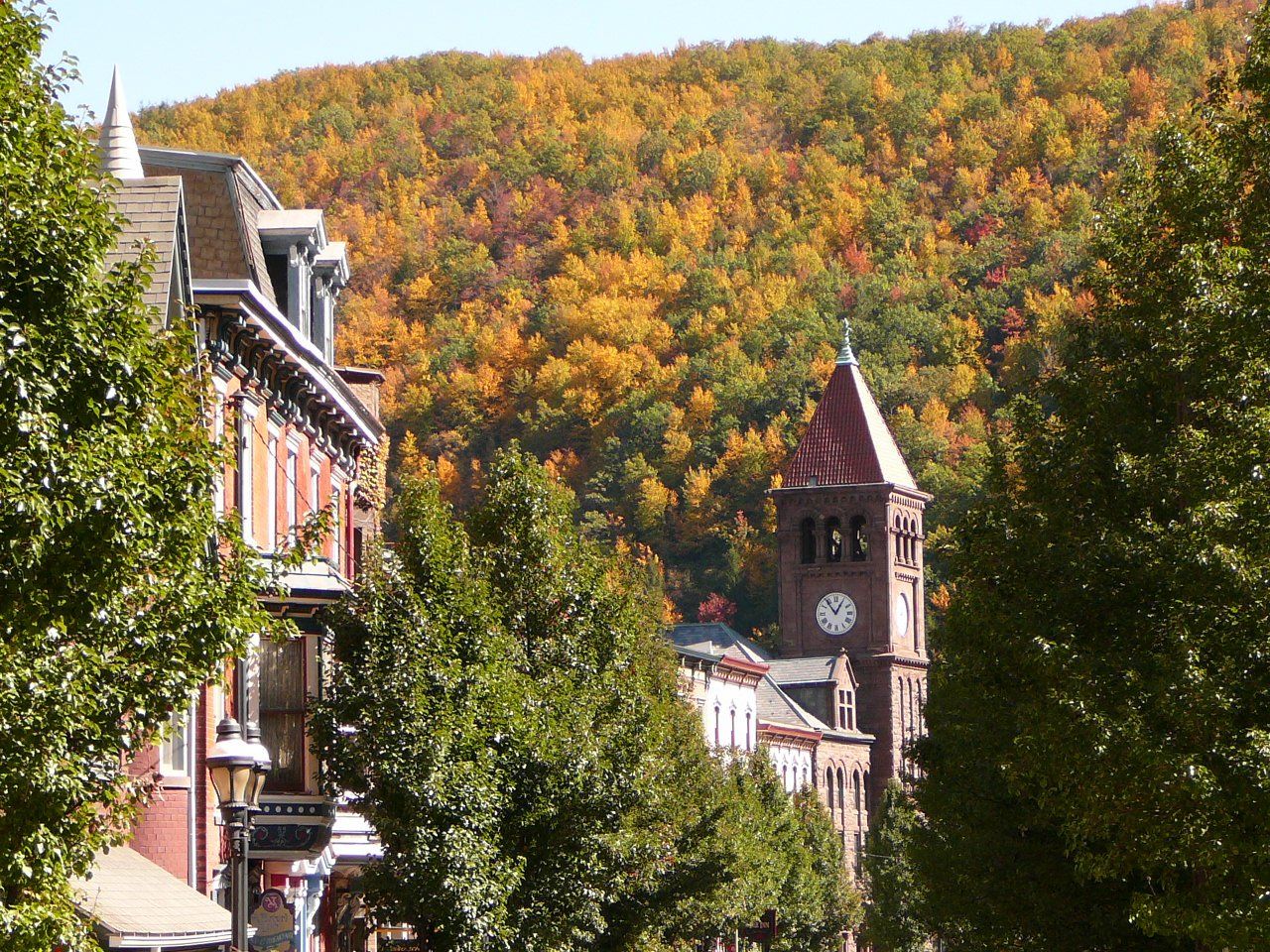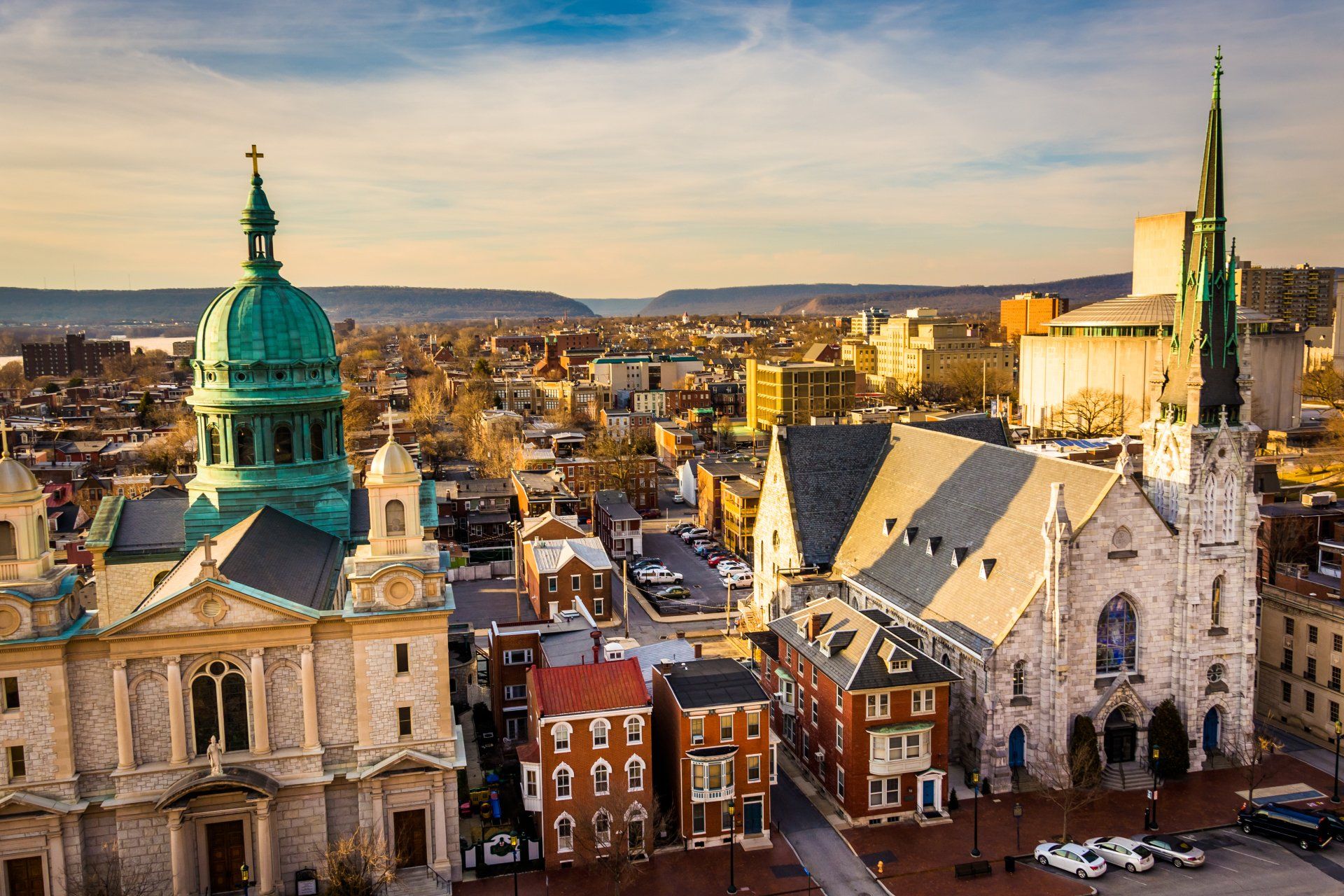Day 1: Pittsburgh
Built at the meeting point of the Allegheny, Ohio and the Monongahela rivers, Pittsburgh history evolved its strategic location at the headwaters of this key intersection. A settlement was established by the Native Americans well before English settlers arrived to build Fort Pitt. A ride on one of the city’s Gateway Clippers will take you out onto the rivers for a great perspective on the whole city. The Carnegie Museums of Pittsburgh, cousins of Carnegie Mellon University, include the Museum of Art, the Science Centre and the Museum of Natural History. The Senator John Heinz History Centre, Pennsylvania’s largest history museum is also worth a stop. A multitude of artefacts, interactive exhibits, and the building itself illustrate Pittsburgh’s fascinating past, along with the heritage of the South-western Pennsylvania region. The Pittsburgh Zoo and Aquarium is also one of America’s best zoos and worth a visit as well. America’s favourite condiment, Heinz Ketchup, was invented here, as was the Big Mac! You can even try a restaurant serving locally grown food or a farmers market visited daily by various chefs.
Day 2
You have the opportunity today to take a drive into the countryside surrounding Pittsburgh. It’s amazing that farmland, covered bridges and quaint towns can peacefully coexist with such a large city. Fallingwater, Frank Lloyd Wright’s architectural masterpiece is located outside a tiny village in South-western Pennsylvania. Built over a waterfall, it remains an enduring work of art. Several types of guided tours are available, as well as a separate tour at another of Wright’s designs, Kentuck Knob. Nearby, Meadowcroft Rockshelter and the Museum of Rural life are must sees as well. Meadowcroft Rockshelter is the site of the oldest human habitation in America. You can try using an atlatl, a prehistoric spear-thrower like those used by Meadowcroft's first inhabitants. Meadowcroft Village lets you experience elements of everyday family life in the 19th century. Watch a blacksmith forge red-hot iron or enjoy fresh-baked bread from the open hearth. If there is any time left in your day, plan to meander the scenic byways of the Laurel Highlands on the way back to your accommodations in Pittsburgh.
2 nights – Pittsburgh.
Day 3: To State College (137 miles)
It’s about football, fall colours and college town life; grad school, ice cream and a stress-free lifestyle. As a major U.S. University, Penn State is very well known and an attraction in its own right. Yet, Penn State country is about much more than the university alone. It’s about inspired landscapes, historic architecture, traditional transportation and fine wines. The area’s natural resources, second to none, are replete with unique caves, scenic roads and mountain landscapes traversed by country byways that refresh the spirit and soothe the soul. Settled in the late 1700s, central Pennsylvania saw action during both the French and Indians War and the Revolutionary War. Local gentry who made a fortune utilizing the area’s natural resources built elegant mansions, preserved for today’s visitors. The railroad became a major player in the region when the Pennsylvania Railroad decided to connect the industries of Pittsburgh with the ports of Philadelphia, pulling the state together into a single industrial powerhouse, which it remains today. And of course, we can’t overlook The Pennsylvania State University and its hometown State College. Started after the Civil War as a resource to improve farming in the area, Penn State is now an internationally renowned institution of higher learning drawing students from all over the world to obtain a first-rate education.
1 night – State College





